Blog
Transform Your Home: The Ultimate Guide to Choosing Eco-Friendly Windows for Energy Efficiency
In an era where environmental sustainability is more crucial than ever, choosing eco-friendly windows has emerged as a significant step toward enhancing energy efficiency in homes. According to the U.S. Department of Energy, windows account for up to 30% of a home's heating and cooling energy use, highlighting the importance of making informed decisions about window selection. Furthermore, a report by the Efficient Windows Collaborative states that by upgrading to energy-efficient windows, homeowners can save an average of $465 annually on energy bills while reducing greenhouse gas emissions. This guide aims to navigate homeowners through the essential considerations in selecting eco-friendly windows that not only contribute to significant savings but also foster a greener planet. By incorporating advanced materials and technologies, eco-friendly windows are evolving to meet the growing demand for both performance and sustainability, making them a worthwhile investment for the conscientious homeowner.
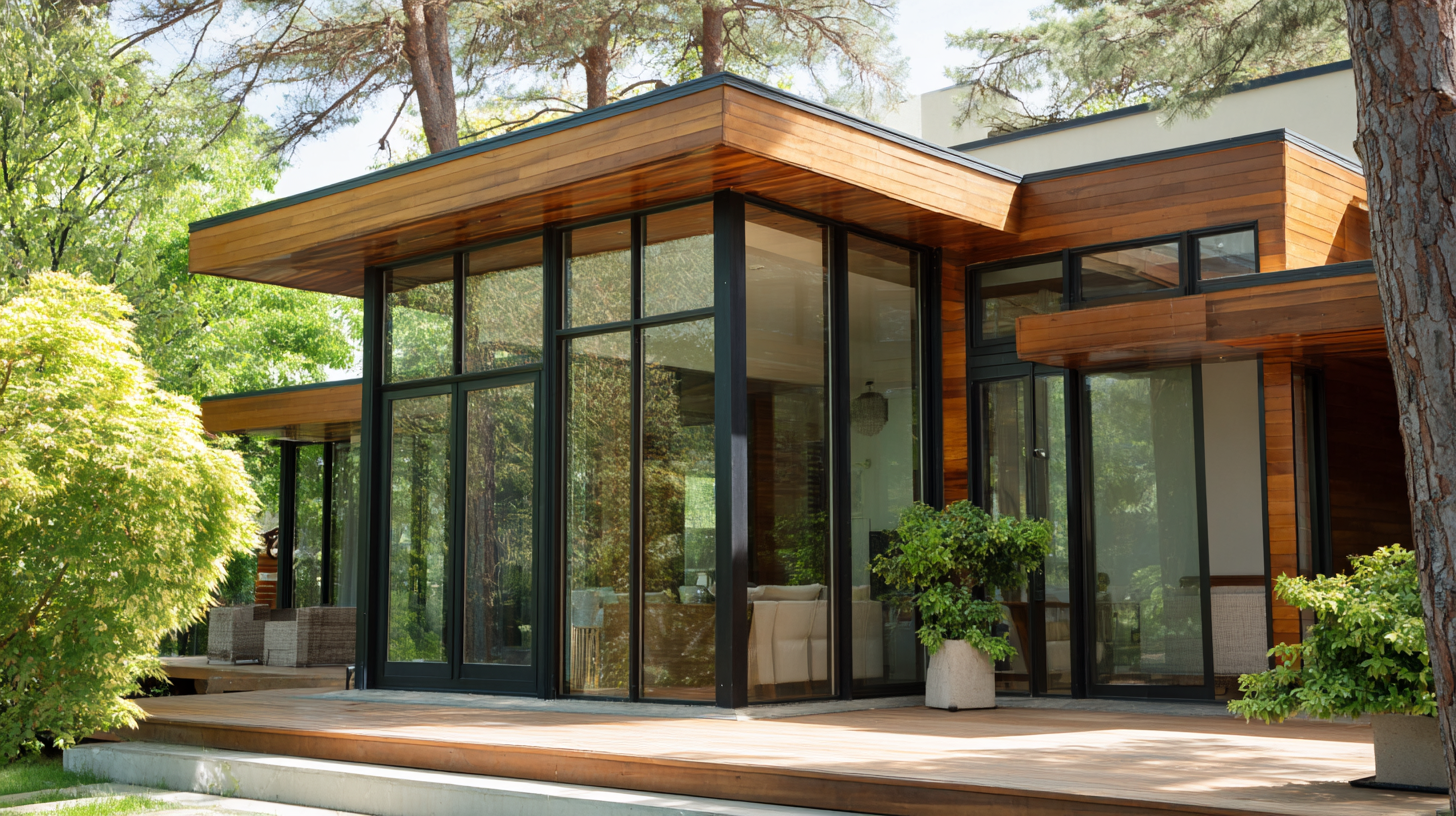
Understanding Eco-Friendly Windows: Key Types and Their Benefits
When it comes to enhancing energy efficiency in homes, choosing the right eco-friendly windows is crucial. The key types of eco-friendly windows include double-glazed, triple-glazed, and low-E (low emissivity) windows. According to the U.S. Department of Energy, upgrading to double-glazed windows can reduce heat transfer by up to 50%, significantly lowering heating and cooling costs. Triple-glazed windows offer even better insulation, making them ideal for regions with extreme climates.
In addition to thermal performance, low-E windows feature a special coating that reflects infrared light while allowing visible light to pass through. A study from the National Renewable Energy Laboratory highlights that low-E windows can improve energy efficiency by up to 30% compared to standard single-pane windows. Furthermore, the energy savings from these eco-friendly options can lead to reduced greenhouse gas emissions, making them a smart choice for environmentally conscious homeowners. By understanding these key types and their benefits, homeowners are better equipped to make informed decisions that positively impact both their utility bills and the environment.
Eco-Friendly Windows Comparison: Energy Efficiency Ratings
Energy Efficiency Ratings: What You Need to Know About Window Performance
When selecting eco-friendly windows, understanding energy efficiency ratings is crucial for making an informed decision. These ratings provide insight into how well a window can insulate against heat loss and gain, which directly impacts your home's energy consumption and comfort levels. Common ratings to consider include the U-factor, which measures the rate of heat transfer; the Solar Heat Gain Coefficient (SHGC), indicating how much solar radiation passes through the window; and the Visible Transmittance (VT), which shows how much light enters a space. By comparing these factors, homeowners can choose windows that not only look good but also serve as effective barriers against unwanted temperature changes.
Moreover, it is essential to look for windows that are Energy Star certified, as this designation guarantees a certain level of energy efficiency that meets or exceeds government standards. This certification can vary based on climate zones, ensuring that the windows will perform optimally in your specific environment. Investing in windows with high energy efficiency ratings can lead to significant reductions in utility bills and create a more sustainable living space. As more homeowners recognize the importance of energy efficiency, selecting the right windows becomes a key step in transforming a home into an eco-friendly haven.
Transform Your Home: The Ultimate Guide to Choosing Eco-Friendly Windows for Energy Efficiency
| Window Type | Frame Material | U-Value (W/m²K) | Solar Heat Gain Coefficient (SHGC) | Energy Star Rated |
|---|---|---|---|---|
| Double Glazed | Vinyl | 1.3 | 0.35 | Yes |
| Triple Glazed | Wood | 0.8 | 0.30 | Yes |
| Low-E Coated | Aluminum | 1.1 | 0.25 | Yes |
| Acoustic Glass | Composite | 1.0 | 0.32 | Yes |
| Single Glazed | Vinyl | 5.0 | 0.50 | No |
Materials Matter: Comparing Vinyl, Wood, and Fiberglass for Sustainability
When it comes to choosing eco-friendly windows, the materials you select play a crucial role in sustainability and energy efficiency. Vinyl windows, while popular for their affordability and low maintenance, often raise concerns regarding their environmental impact. Made from polyvinyl chloride (PVC), vinyl windows can be recycled, but the production process is energy-intensive and can release harmful toxins. Additionally, their lifespan may fall short compared to more sustainable options.
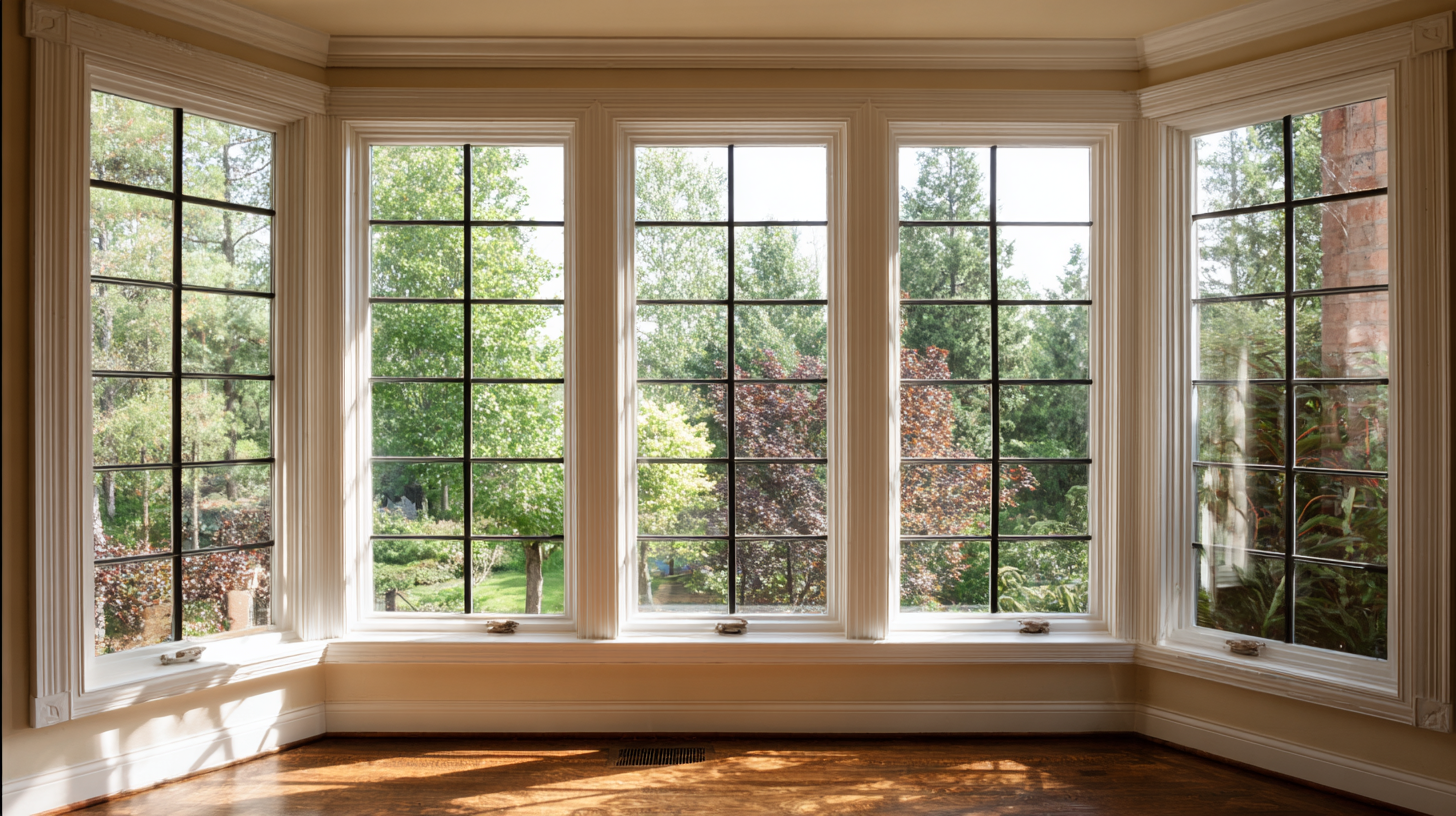
Wood windows are a classic choice that brings both aesthetic appeal and a lower environmental footprint, particularly when sourced from responsibly managed forests. They offer excellent insulation, making them a great option for energy efficiency. However, the sustainability of wood windows hinges on the type of wood used and the treatment processes involved. Opting for reclaimed or sustainably harvested wood can enhance their eco-friendliness.
Fiberglass windows, on the other hand, present a balance between durability and energy efficiency. They’re made from glass fibers and resin, which results in a product that requires less energy to produce than vinyl and offers superior insulation properties. Not only are fiberglass windows long-lasting, but they can also be manufactured with a minimal environmental impact, making them a standout choice for eco-conscious homeowners looking to improve their energy efficiency.
The Importance of Proper Installation for Maximizing Energy Efficiency
When selecting eco-friendly windows for your home, proper installation is paramount for maximizing energy efficiency. According to the U.S. Department of Energy, nearly 30% of a home's heating and cooling energy can be lost through improperly installed windows. This underlines the necessity of professional installation to ensure airtight sealing and correct alignment, which significantly reduce drafts and thermal loss.
Moreover, a study by the National Association of Realtors reveals that homeowners can expect to recover about 80% of their window replacement costs through energy savings and increased home value. To achieve this, it's vital to work with certified professionals who understand the nuances of window installation. They can guide you in selecting the right type of windows—such as double-glazed or low-emissivity (Low-E) glass—that not only fit your aesthetic preferences but also provide the best insulation. Inadequate installation can negate the benefits of choosing high-performance windows, making it crucial to invest in skilled labor for enduring energy efficiency benefits.
Long-Term Savings: Analyzing the Cost-Effectiveness of Eco-Friendly Windows
When considering home renovations, eco-friendly windows stand out not just for their sustainability but also for their long-term cost-effectiveness. Initially, the upfront costs may seem daunting compared to traditional window options. However, this investment pays dividends through reduced energy bills. Eco-friendly windows, designed with advanced insulation and energy-efficient glazing, minimize heat transfer and help maintain a stable indoor climate. This reduces reliance on heating and cooling systems, resulting in significant savings over time.
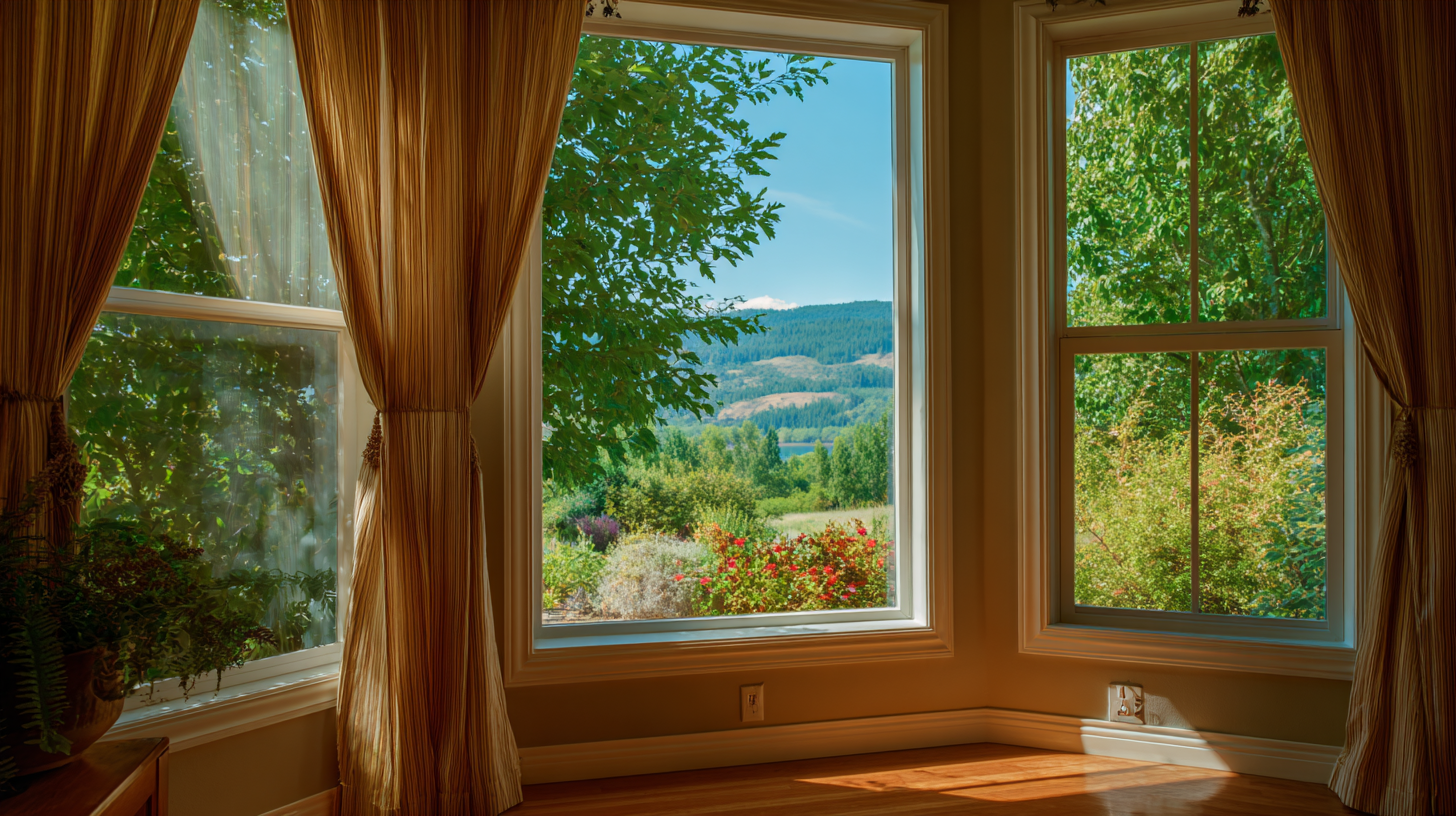
Moreover, eco-friendly windows often come with tax incentives and rebates, enhancing their financial viability. By taking advantage of these programs, homeowners can offset initial expenses and increase their return on investment. Additionally, as energy prices continue to rise, the savings generated from lower energy consumption will only grow, making eco-friendly windows a financially wise choice in the long run. Ultimately, choosing these windows not only benefits the environment but also promotes financial stability through enhanced energy efficiency.
Related Posts
-
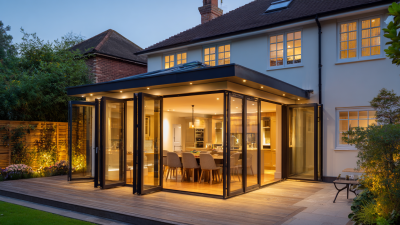
Transform Your Space: The Best Benefits of Installing Energy-Efficient Glass Doors and Windows
-
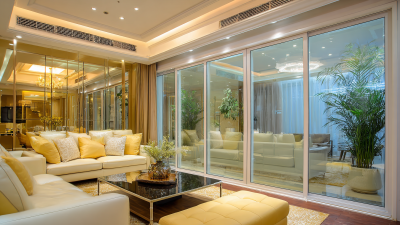
Sliding Doors Market Insights and Trends at the 2025 China Import and Export Fair Analysis
-

Transform Your Space with Eco-Friendly Glass Doors and Windows: A Modern Home Upgrade
-

Driving Innovation in Top Windows Industry at the 138th China Import and Export Fair 2025
-
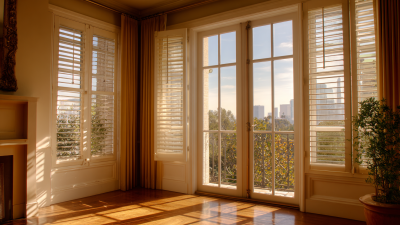
The Benefits of Installing French Windows for Natural Light and Airflow
-

Forecasting the Home Doors Market Growth at the 138th Canton Fair 2025 with Industry Insights
*$250 Off/Window $500 Off/Door. Minimum of 4 Windows. Max savings not to exceed $2,500. Must present coupon at time of estimate. Some restrictions apply. Cannot be combined with any other offers. Call or see the website for details. www.mpwindowsanddoors.com. Offer Expires 9/30/25. CSLB# 778326. 100% Employee Owned.
Contractor's License CSLB #778326.
© 2000 - 2025 American Vision Windows

